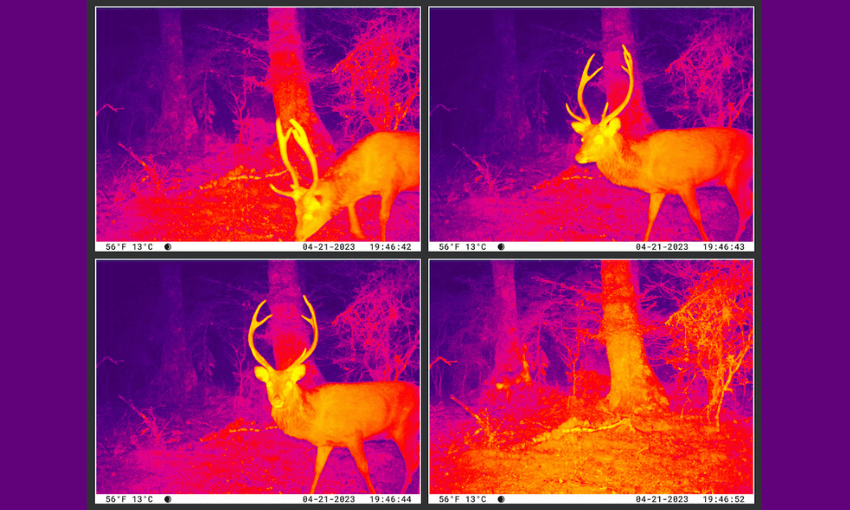Factors include: taste and difficulty of hunting.
Long before Predator Free 2050, I was doing my part to rid New Zealand of invasive beasts. I was a deer culler for the New Zealand Forest Service in the 70s and 80s, spending months at a time in my assigned block in te Urewera. This came after, and overlapped with, my work possum trapping.
This was the last era of large numbers of professional deer cullers in the New Zealand bush. We were eventually replaced by helicopter drops of 1080 poison, which I won’t get into.
Controlling invasive species is vital. Take a look at the Raukumaras on the east coast. I went in for a three-week hunt in 2020 and heard no birdsong. In the thick bush there were no birds. Deer and possums eat the undergrowth, which kills trees and insects, and rodents eat eggs and birds. I took in two possum and two rat traps to pass the time.The possum traps were nearby and the rat traps were in my camp. Both worked overtime for the 21 days I was there. I caught two possums and two rats per night. There’s a great Raukumara regeneration project happening, but it shows how devastating these pests can be.
There are seven types of deer in New Zealand. All introduced species. For this ranking I considered best to worst tasting, and the difficulty of hunting.
7. Sambar
Access to hunt Sambar is difficult, with lots of deer on private forestry land and farms. It’s got a grainy meat, but it’s OK to eat. All deer are edible, don’t get me wrong, but everyone’s got their personal tastes.
6. Rusa
Rusa has localised populations and lower numbers. Its brains make it the hardest to bush hunt, but also the most rewarding to find. It’s in the same family as Sambar when it comes to meat. Nothing wrong with it.
5. Wapiti
Blocks of Fiordland National Park are closed to hunters from January to March to allow Wapiti antler growth, then from March to May there is a ballot system where you have to apply for a licence to hunt. It didn’t used to be like this but now they’ve gone crazy for the ballots. Plus you only get permits for 10 days, which is a short amount of time if you’re travelling and spending a lot of money to go for a hunt.
Wapiti are hard to access (you can’t easily row across lake Te Anau). Its meat is nothing spectacular, more muscle.
4. Whitetail
Another deer that can be locked up by balloting. Again, they’re hard to find, in places like Stewart Island. They taste a bit like Sika, but grainier and more muscle.
3. Sika
The top three here are a numbers game. They all taste good (Fallow is number one in my opinion) but you’ve still got to get into the Kaimanawas or the Kawekas to find them. Keep in mind none of these animals are easy to find. They’re all deer. Sika are the most vocal, making loud squealing sounds.
2. Fallow
Fallow are found in more open country and there’s lots of them. They taste good, a gamey meat that you get used to. Second easiest to hunt in my opinion. Only reason they’re not number one is that there are a lot hidden away on private land.
1. Red
These are prolific in New Zealand, they’re widely farmed, and you can find them in the wild from the coasts to the tussock tops, from up north all the way down to Bluff. Because there’s so many of them, everyone gets used to the taste (nice roasts) and they’re easiest to hunt. Some live in a quarry in Christchurch and were recently running down the main street. Extra points for that.

